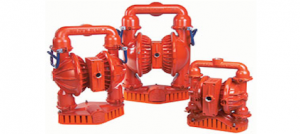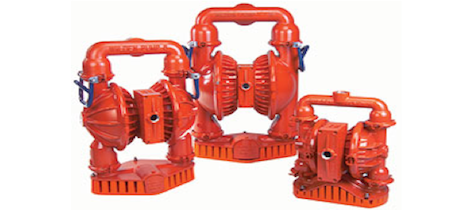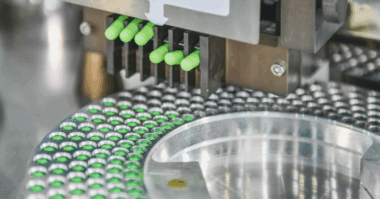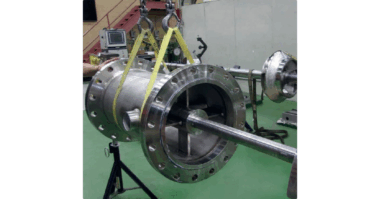If you want to get your head spinning, contemplate for a minute the myriad types of powders that are used in industrial-manufacturing operations. Just off the top of my head, these are some that come to mind:
 Fume silica: extremely low bulk density and high surface area, used as a thickener in resin manufacturing
Fume silica: extremely low bulk density and high surface area, used as a thickener in resin manufacturing- Diatomaceous earth: a naturally occurring siliceous sedimentary rock that crumbles into a white powder for use in filtration systems
- Bentonite: An impure clay formed by the weathering of volcanic ash, used in sand-casting processes
- Corn starch: the starch of a corn kernel, used as a thickening agent in many products, including hand lotion
- Body filler with micro-glass spheres: A liquid putty composed of a polyester resin, used in the manufacture of automotive Bondo
- Sorbents: A material used to absorb or adsorb liquids or gases, including emission capture in power plants
With such a diverse array of products, finding the best type of pump technology to effectively transfer them can be a challenge. The first step is realizing that pumping powders is truly an art form, and that the best way to find the ideal pump for your powder-pumping processes is to perform a series of trial tests to ensure that the pump is capable of meeting your powder-pumping needs.
One front-of-mind consideration is knowing that powders that absorb moisture from the air (known as being “hygroscopic”) can be adversely affected by excessive humidity. In these situations, the powder will “clump,” which means that is can become lodged in the pump and lead to bending of the pump shaft and even breakage. Another basic concern when pumping powders is to make sure that a covered discharge vessel is used; if not, the pumped powder will go everywhere. A final baseline concern is knowing the shape of the powders that need to be pumped. In general, powders with rounded edges flow better than those that have squared edges.
Taking all of these considerations into account, Wilden® offers its 2” or 3” Original™ Stallion® Series Metal Air-Operated Double Diaphragm (AODD) Pumps with Neoprene or Wil-Flex™ diaphragms for general powder-pumping applications. If the powders are prone to clumping, the 2” or 3” Advanced™ Brahma™ Series Metal AODD Pumps are recommended because they feature flap valves, rather than ball valves, which helps eliminate clumping and resultant shaft-breakage issues.
These Wilden pumps will excel in powder-pumping applications, provided that proper system setup is observed, including: minimized length of the suction discharge run from the source to the pump; use of long-stroking diaphragms; incorporation of an oversized suction line, when and where possible; incorporation of slow pump starts to ensure that no clumping occurs and that the product is successfully being drawn into the pump; and induction of air into the ball-check area to help fluidize the powder when working with denser formulations.
If these operational parameters are observed, Wilden AODD pumps will help optimize your powder-pumping operation, whether its moving light, fluffy powders with a bulk density of less than 25 feet per cubic foot, or using a suction wand to pull the powder from a 50-pound “super sack” or cardboard tote.
Also remember that many Wilden distributors have trial pumps available to test whether or not a specific powder can be pumped effectively by an AODD pump.
We are always interested in hearing about any equipment-related successes you have had in your operations. If there are any recent instances where an industrial pump has helped optimize your production operations, please send me an email attom.zuckett@psgdover.com.




